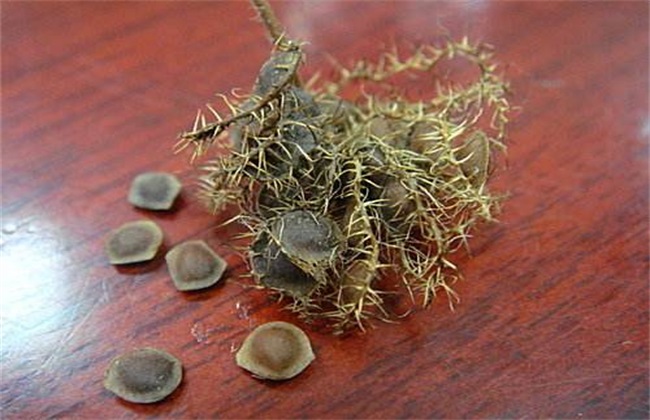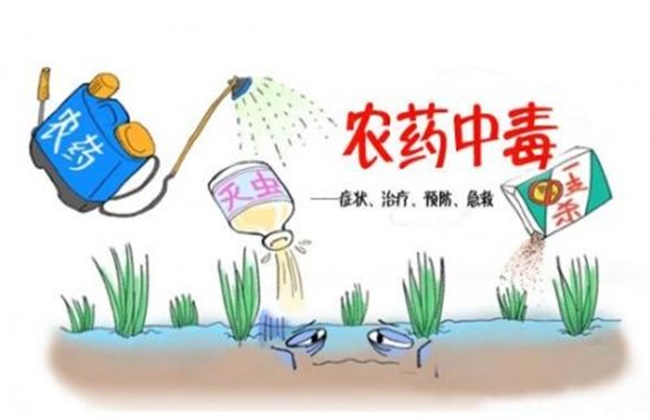How to plant mimosa seeds
Mimosa is a perennial herb of Leguminosae whose leaves are closed because of its sensitivity to light and heat. Mimosa has few roots, and the most suitable method of propagation is direct seeding. How should the seed be planted, what are the characteristics, what kind of growth environment should be provided for the seed, and what external factors should be needed to support the seed. What you need to pay attention to, and the specific operation process, please continue to read the following.

1. Sowing seeds
Sowing at a warm temperature, sowing after the temperature rises in spring, and pot culture. To prepare the soil for cultivation, we need loose, fertile, draining and breathable soil. Buy sterilized seeds, soak them in water for a few hours, see that the seeds absorb water and expand enough to take them out and sow them. After the live broadcast, the soil cover is about 1 cm, do not be exposed to the outside easy to lose moisture, germination is very slow, do not plant too deep, it is difficult to break through the soil surface.
2. Heat preservation and moisturizing
What the seeds need most after planting is to maintain a stable temperature and humidity, generally at a temperature of more than 20 degrees, and about 25 degrees is the best. If the humidity is kept above 65%, it will be a little dry down. It needs to be watered once a day, and after watering, it needs to be put indoors to avoid water evaporation too quickly. Spraying water is the best way to keep moisture, and it can also increase the humidity of the air. Temperature maintenance mainly depends on the choice of sowing time. The open field can be insulated by a small arch shed, and the pot is directly covered with plastic film.
3. Lighting
Mimosa needs plenty of light to grow, and if it sprouts, it can be placed on the balcony or moved out of the room. If you are in the open field, you can remove the small arch shed and receive the light directly. If there is a high temperature and strong light, temporarily reduce the light, put it on the indoor windowsill and build a sunshade net on the open ground. Open-field planting should also be planted in the surrounding areas where there is no big shelter, where there are some other plants with a wide field of vision, so that it can be properly shaded in summer.
4. Fertilization
No fertilization is needed in the seedling stage, the root system is not strong, and it is easy to produce fertilizer damage. It is best after the seedling stage, after planting for more than a month, you can top fertilizer, mainly to promote growth, but fertilization should be far away from the root. The leaching solution of farm manure can be used, which will not pollute the branches and leaves and is not easy to damage the root system. Chemical fertilizer is commonly used. It is best to use it after it is dissolved. Dissolved farm manure can be used in the open field, pay attention to the right amount of fertilizer.
Mimosa seeds are small and can easily germinate under warm, moist and sunny conditions. Therefore, the main purpose of planting mimosa is to adjust the temperature and maintain humidity. To meet the needs of light, but also to use suitable fertilizers to maintain nutrition.
Related
- Fuxing push coffee new agricultural production and marketing class: lack of small-scale processing plants
- Jujube rice field leisure farm deep ploughing Yilan for five years to create a space for organic food and play
- Nongyu Farm-A trial of organic papaya for brave women with advanced technology
- Four points for attention in the prevention and control of diseases and insect pests of edible fungi
- How to add nutrient solution to Edible Fungi
- Is there any good way to control edible fungus mites?
- Open Inoculation Technology of Edible Fungi
- Is there any clever way to use fertilizer for edible fungus in winter?
- What agents are used to kill the pathogens of edible fungi in the mushroom shed?
- Rapid drying of Edible Fungi



